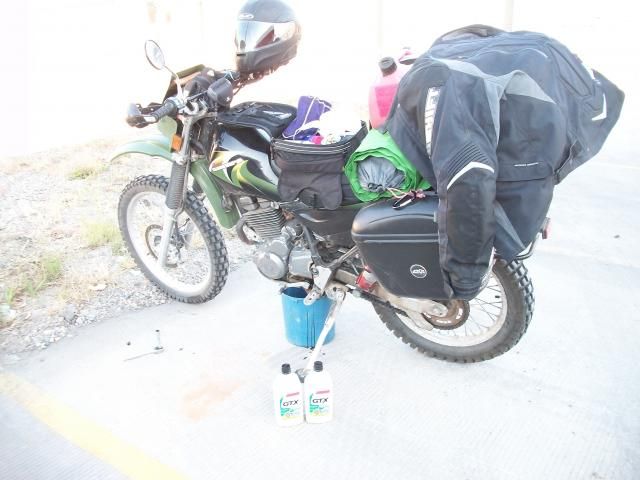Originally posted by bajalearner
Great info, thx all. I crossed the border and asked if I could take it to the US, the 1st ofcr didn't know, 2nd ofcr didn't know but said if it's
classed hazmat - no. I am sure it is hazmat because even free school lunches seem to be classed hazmat with about everything else in the US.
|

 [/img]
[/img]
